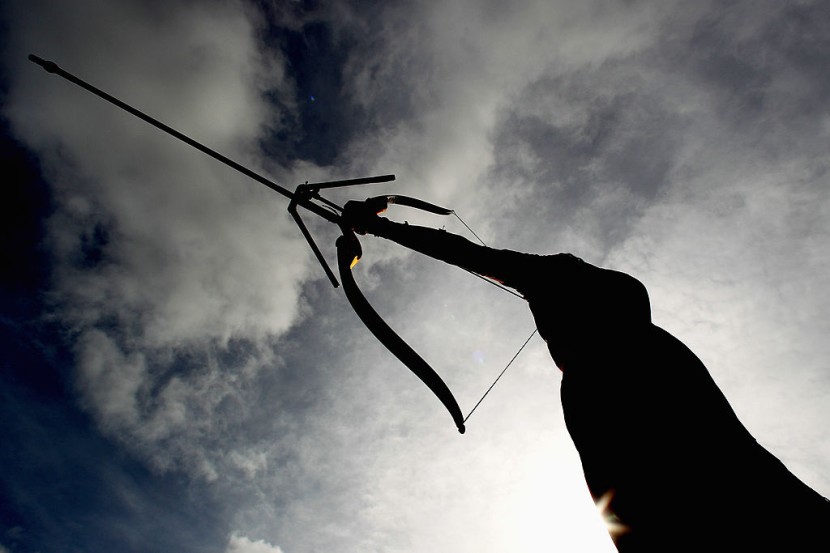New evidence suggests that prehistoric women from the Paleolithic era were also hunters and not just gatherers, as what has been widely accepted as the truth in history.
A team discovered new information that supports the idea that roles were not necessarily assigned to a specific gender. The widely accepted idea is that in prehistoric times, men were the hunters while women were the gatherers.
Women Hunters in the Paleolithic Era

This was the notion because the belief was that women were not physically capable of hunting because their anatomy differed from men's. Because of the belief that men were hunters, they were the ones who drove human evolution.
However, research by University of Delaware anthropology professor Sarah Lacy found that this is not entirely true. The study was published in Scientific American and two papers in the American Anthropologist journal.
Lacy worked with her colleague Cara Ocobock from the University of Notre Dame. They examined the division of labor according to sex during the Paleolithic era, roughly 2.5 million to 12,000 years ago, as per SciTechDaily.
The researchers reviewed current archaeological evidence and literature and found little evidence to support the idea that roles were specifically assigned to each gender. They also analyzed female physiology and discovered that women were not only physically capable of being hunters but there was little evidence that they did not hunt.
Lacy is a biological anthropologist who studies the health of early humans and Ocobock is a physiologist who makes analogies between modern day and the fossil record. The two researchers were friends in graduate school and collaborated after "complaining about several papers that had come out that used this default null hypothesis that cavemen had a strong gendered division of labor."
The two immediately questioned that notion and why it was seen as the default. They said that so much evidence showed that this was not the case at all. Lacy and Ocobock found examples of equality for both sexes in ancient tools, diet, art, burials, and anatomy.
Division of Labor in Prehistoric Times
Lacy said that people found things in the past and just immediately gendered them male and did not acknowledge that everyone they found had the same markers. According to Earth, this was whether in their bones or in stone tools that were being placed in their burials.
The researchers said that it was difficult to tell who made what during prehistoric times and there was no reason to believe that only males flintknap automatically. They argued that this was because no signature was left on the stone tool that tells future societies who made the particular object or tool.
Lacy and Ocobock also looked at the anatomical differences between male and female members of societies during the Paleolithic era. While men were advantageous when it came to activities that required speed and power, such as sprinting and throwing, women excelled in endurance activities, such as running, said Study Finds.
© 2025 HNGN, All rights reserved. Do not reproduce without permission.








